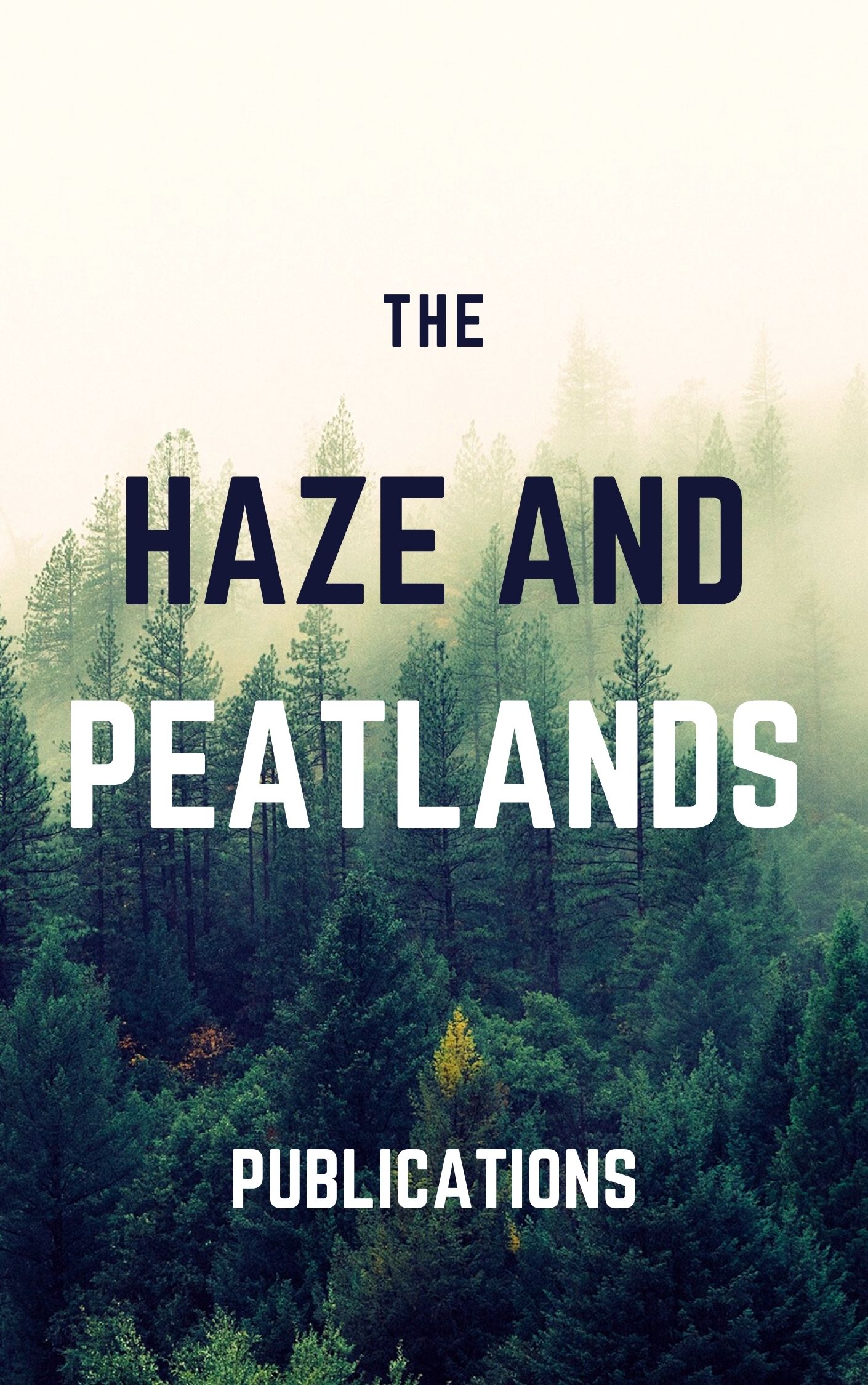The 2015–2016 strong El Niño event has had a dramatic impact on the amount of Indonesian biomass burning, with the El Niño-driven drought further desiccating the already-drier-than-normal landscapes that are the result of decades of peatland draining, widespread deforestation, anthropogenically driven forest degradation and previous large fire events. It is expected that the 2015–2016 Indonesian fires will have emitted globally significant quantities of green- house gases (GHGs) to the atmosphere, as did previous El Niño-driven fires in the region. The form which the carbon released from the combustion of the vegetation and peat soils takes has a strong bearing on its atmospheric chemistry and climatological impacts. Typically, burning in tropical forests and especially in peatlands is expected to involve a much higher proportion of smouldering combustion than the more flaming-characterised fires that occur in fine-fuel-dominated_x005F_x000D_
environments such as grasslands, consequently producing significantly more CH4 (and CO) per unit of fuel burned. However, currently there have been no aircraft campaigns sampling Indonesian fire plumes, and very few ground-based field campaigns (none during El Niño), so our understanding of the large-scale chemical composition of these extremely significant fire plumes is surprisingly poor compared to, for example, those of southern Africa or the Amazon. Here, for the first time, we use satellite observations of CH4 and CO2 from the Greenhouse gases Observing SATellite (GOSAT) made in large-scale plumes from the 2015 El Niño-driven Indonesian fires to probe aspects of their chemical composition.We demonstrate significant modifications in the concentration of these species in the regional atmosphere around Indonesia, due to the fire emissions. Using CO and fire radiative power (FRP) data from the Copernicus Atmosphere Service, we identify fire-affected GOSAT soundings and show that peaks in fire activity are followed by subsequent large increases in regional green house gas concentrations. CH4 is particularly enhanced, due to the dominance of smouldering combustion in peat-_x005F_x000D_
land fires, with CH4 total column values typically exceeding 35 ppb above those of background “clean air” soundings. By examining the CH4 and CO2 excess concentrations in the fire-affected GOSAT observations, we determine the_x005F_x000D_
CH4 to CO2 (CH4 /CO2) fire emission ratio for the entire2-month period of the most extreme burning (September–October 2015), and also for individual shorter periods where the fire activity temporarily peaks. We demonstrate that the overall CH4 to CO2 emission ratio (ER) for fires occurring in Indonesia over this time is 6.2 ppbppm−1. This is higher than that found over both the Amazon (5.1 ppbppm−1) and southern Africa (4.4 ppbppm−1), consistent with the Indonesian fires being characterised by an increased amount of smouldering combustion due to the large amount of organic soil (peat) burning involved. We find the range of our satellite-derived Indonesian ERs (6.18–13.6 ppbppm−1) to be relatively closely matched to that of a series of close-to-source,ground-based sampling measurements made on Kalimantan at the height of the fire event (7.53–19.67 ppbppm−1), al- though typically the satellite-derived quantities are slightly lower on average. This seems likely because our field sampling mostly intersected smaller-scale peat-burning plumes, whereas the large-scale plumes intersected by the GOSATmThermal And Near infrared Sensor for carbon Observationm – Fourier Transform Spectrometer (TANSO-FTS) footprints would very likely come from burning that was occurring in a mixture of fuels that included peat, tropical forest and already-cleared areas of forest characterised by more fire prone vegetation types than the natural rainforest biome (e.g. post-fire areas of ferns and scrubland, along with agricultural vegetation). The ability to determine large-scale ERs from satellite dataallows the combustion behaviour of very large regions of burning to be characterised and understood in a way not pos- sible with ground-based studies, and which can be logisti- cally difficult and very costly to consider using aircraft observations.We therefore believe the method demonstrated here provides a further important tool for characterising biomass burning emissions, and that theGHGERs derived for the first time for these large-scale Indonesian fire plumes during an El Niño event point to more routinely assessing spatiotemporal variations in biomass burning ERs using future satellite mis-_x005F_x000D_
sions. These will have more complete spatial sampling than GOSAT and will enable the contributions of these fires to the regional atmospheric chemistry and climate to be better understood.
View source

